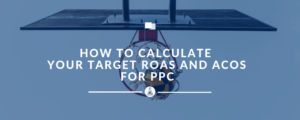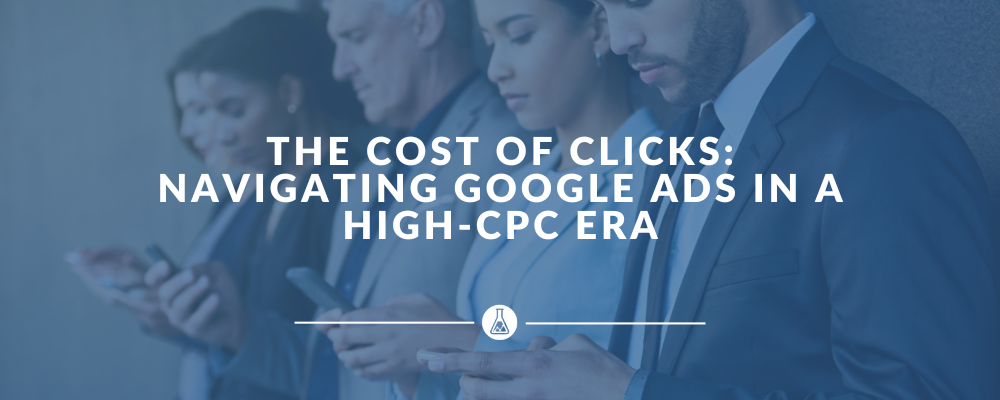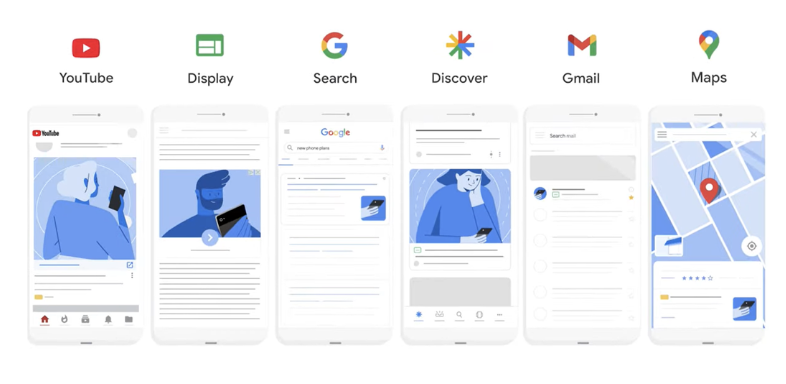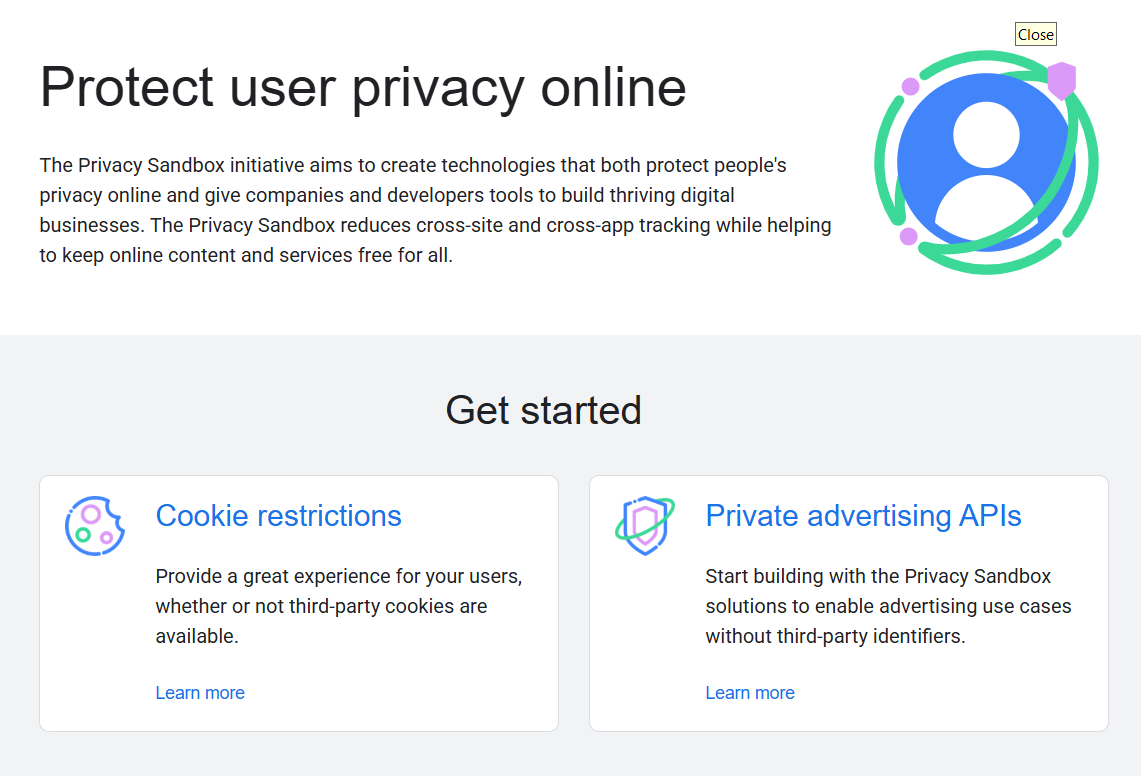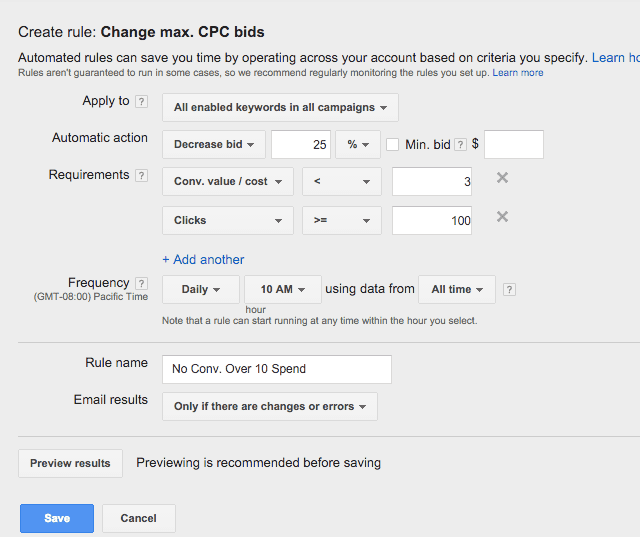In the first half of 2025, advertisers saw a sharp 45% increase in the average cost-per-click (CPC) on Google Search.
With privacy regulations tightening and Google rolling out major changes—like server-side tagging and the Privacy Sandbox—marketers are being forced to rethink how they allocate budget and track performance.
This blog breaks down what’s driving the rising costs, how these platform shifts are impacting campaign efficiency, and what you can do to stay competitive in a rapidly evolving PPC landscape.
Table of Contents
What’s Driving the Surge in Google Ads CPCs?
The sharp increase in Google Ads cost-per-click in 2025 is the result of several overlapping factors that are reshaping the advertising landscape.
As more businesses shift their focus to online growth and digital-first strategies, the competition for ad space on Google has intensified.
This increased demand, particularly across high-performing verticals like e-commerce and software, is naturally pushing CPCs higher.
At the same time, Google’s strong emphasis on automation and AI-powered campaigns is changing the way advertisers bid and target audiences.
Tools like Performance Max offer less manual control, which often leads to more aggressive and less predictable bidding behavior.
While automation can drive results, it also contributes to rising costs, especially when advertisers aren’t fine-tuning their creative or audience signals.
The transition away from third-party cookies is another major factor. With less precise targeting available, advertisers are casting wider nets to reach the right users—sometimes with lower efficiency. This lack of granularity often results in higher costs, as advertisers pay more for less targeted clicks.
In addition, many brands are increasing ad spend without adjusting their strategies to match current performance realities.
When budgets increase without deeper optimization or measurement updates, it leads to inflated auction pressure and, ultimately, higher CPCs.
Together, these trends are creating a perfect storm where costs rise quickly, but not always with a proportional return on investment.
How Google’s Platform Changes Are Reshaping Campaign Strategy
As CPCs climb, advertisers are also contending with significant changes to how Google Ads tracks, reports, and attributes performance.
These updates go beyond interface tweaks—they fundamentally shift how marketers understand campaign data and optimize results.
One of the most impactful developments is the move toward server-side tagging. Unlike traditional client-side tags that rely on browsers, server-side tagging sends data directly from your server to Google.
This approach is more reliable in a privacy-first landscape, helping advertisers capture cleaner, more consistent data as browser restrictions tighten. However, it also requires more technical implementation and close collaboration with developers—something smaller businesses may not be prepared for.
Another change that’s reshaping strategy is Google’s Privacy Sandbox initiative.
As third-party cookies continue to phase out, Privacy Sandbox aims to offer alternative tracking methods that respect user privacy.
While this may sound positive on the surface, the rollout introduces a level of uncertainty.
Targeting becomes broader, reporting becomes more modelled, and marketers must now rely more heavily on machine learning-based attribution.
Incrementality testing is also gaining prominence. Rather than relying solely on last-click or data-driven attribution models, brands are now encouraged to use controlled experiments to understand true ad impact.
This marks a shift from reactive optimization toward a more analytical, hypothesis-driven mindset, where strategic planning and patience take the lead.
Together, these changes demand that advertisers not only update their toolkits but also rethink how they approach performance measurement. Success in this environment will depend on adaptability, technical readiness, and a willingness to test and learn in an increasingly opaque ad ecosystem.
Adapting Your Google Ads Strategy to Control Rising Costs
Facing higher CPCs and evolving platform rules, advertisers need a fresh approach to protect their budgets and maximize ROI.
The first step is embracing data-driven optimization—relying on insights, experiments, and ongoing adjustments rather than set-it-and-forget-it campaigns.
Begin by refining your audience targeting.
With less granular data available, it’s crucial to combine Google’s AI-powered audience signals with your own first-party data. Use Customer Match lists, website visitor segments, and CRM data to help Google’s algorithms find high-value users more efficiently.
Next, focus on campaign structure.
Breaking large campaigns into tightly themed ad groups allows more precise messaging and bidding control.
For automated campaigns like Performance Max, regularly review asset performance and swap out underperforming creatives to guide the AI toward better results.
Investing in conversion tracking and attribution is also key. Implement server-side tagging to improve data accuracy and take advantage of Google’s incrementality testing to validate which channels and tactics truly drive revenue.
Avoid relying solely on last-click attribution, which can mask inefficiencies and inflate costs.
Finally, experiment with budget allocation.
Shift spend toward campaigns and channels showing the strongest returns, and consider testing lower-funnel strategies such as remarketing or in-market audiences, where CPCs tend to be more cost-effective.
Above all, staying agile is essential. The Google Ads ecosystem is evolving rapidly, and advertisers who actively test, measure, and adapt will be best positioned to navigate rising costs and emerging privacy constraints while sustaining campaign performance.
We live, breathe & Dream Paid Traffic
Navigating Google Ads in a New Era of Rising Costs and Privacy
The landscape of Google Ads is undeniably shifting. Rising CPCs, fueled by increased competition and changing user privacy standards, are raising the stakes for advertisers.
At the same time, platform updates like server-side tagging and Privacy Sandbox demand new technical approaches and strategic flexibility.
To thrive in this environment, marketers must adopt a mindset of continuous optimization, grounded in data accuracy and experimentation.
By refining targeting, leveraging first-party data, investing in reliable tracking, and staying agile with budgets and creatives, advertisers can manage costs while maintaining strong campaign performance.
While the challenges are significant, they also present an opportunity to rethink how digital advertising is done—focusing on smarter, more privacy-conscious, and efficient marketing.
Those who adapt quickly will turn these shifts into a competitive advantage for 2025 and beyond.
Check out more blog posts:
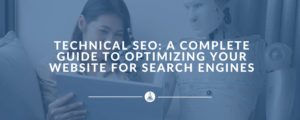
Technical SEO: A Complete Guide to Optimizing Your Website for Search Engines
